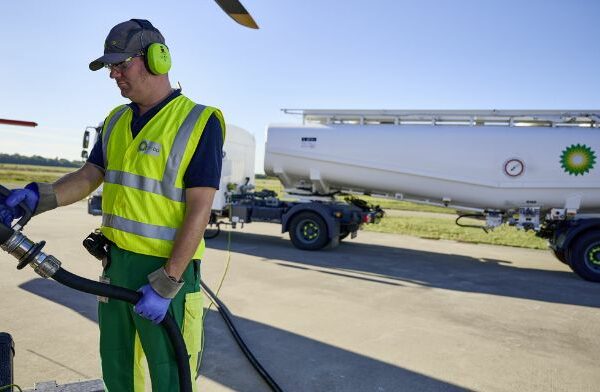Ahead of its annual general conference and exhibition this week in Brussels, the Airports Council International (ACI) has found that sound economic conditions in Q1, 2018 have helped boost demand for air transport.
Passenger traffic grew 6.7% year-on-year in the first quarter. “The strong start to 2018 illustrated the strong and clear link between aviation and trade and strong economic conditions,” said Angela Gittens, director general, ACI World.
Healthy labour markets and rising consumer and business confidence are part and parcel of strong air transport and airport sector. An open approach to trade is also key to a burgeoning air freight sector, however. Even with the great strides that have been achieved in air transport demand across the world’s airports, the risk of adverse trade relationships among major economies still looms as a potential challenge.
Angela Gittens, director general, ACI World.
African airports have fared particularly well, making a strong comeback in 2018 with passenger traffic growing by 12.7% in the first three months of 2018. Sharm El Sheikh, Hurghada and Cairo in Egypt were all highlighted for their rebound in passenger traffic with growth of 70.8%, 48.4% and 11.3% respectively.
The Asia-Pacific region was found to be the largest contributor to global growth in air transport demand. Guangzhou was noted as one of the fastest growing hubs in the world, while India has continued to capitalise on the country’s strong appetite for air travel. Bangalore, Delhi and Mumbai airports all grew by double digit proportions in the three-month period.
European airports also continued to achieve record gains that exceeded average annual growth rates. The first quarter of 2018 saw passenger traffic jump up by 7.7% year-on-year. It came as no surprise that London Heathrow remained in the top position in terms of passenger growth, but Frankfurt was also highlighted for capitalising on both a strong hub airline and low-cost carrier expansions.
In Latin America, many airports experience a resurgence with a gain of 5.4% in passenger numbers in the first quarter. Sao Paul achieved growth of 3.5%, while Mexico City had quarterly growth of 7.2% and Guadalajara rocketed up 16.1% during the same period.
North America was no exception to the upward trend, achieving growth rates well above its mature market status. Toronto, San Francisco, Fort Lauderdale and Orlando, were among those who observed robust growth.
The Middle East however didn’t fare so well, posting one of its weakest growth rates since 2001. In the first quarter of 2018, passenger traffic grew modestly, by 1.2%. The ongoing political strife among states in the Gulf Cooperation Council (GCC) were credited for taking their toll on the region’s aviation market.





